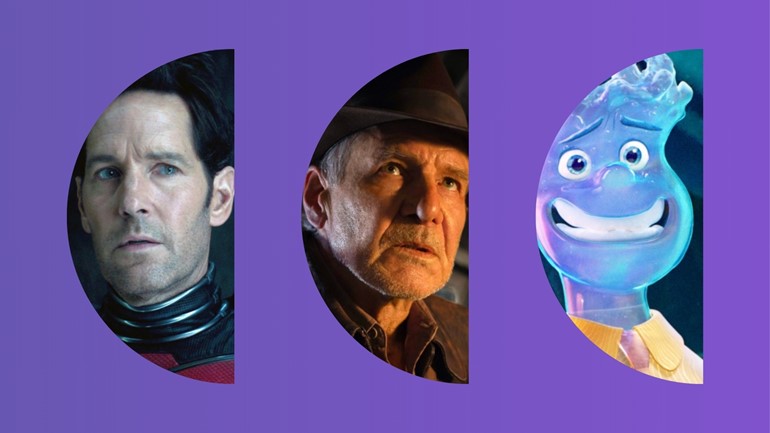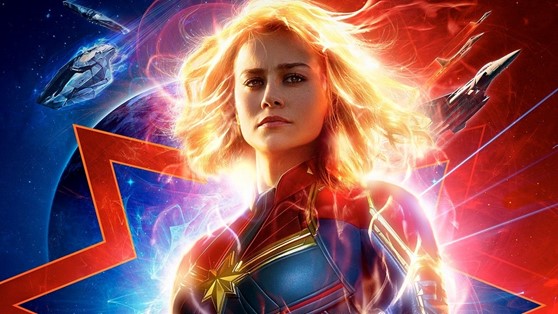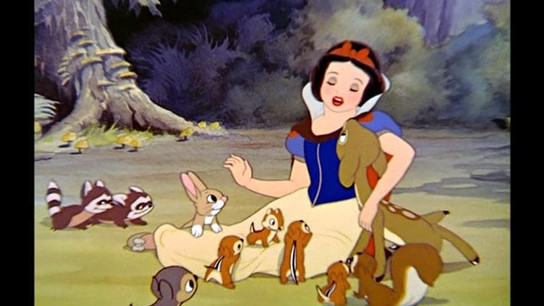3 Employer Brand Lessons From Disney's Biggest Flops

Disney is in the news for all the wrong reasons lately. Consistently dismal box-office numbers and lukewarm reviews are hitting hard, and fans are concerned that the film conglomerate has lost a little of its magic in recent years.
Here’s what you can learn from Disney’s recent mistakes to ensure that your EB project's debut is worth a replay.
Lesson #1 Don’t try to be invincible
Well, The Marvels just made box-office history, in the exact opposite way Disney hoped. It brought in just $47 million domestically, the lowest of any MCU movie in the franchise, which ordinarily boasts a sprawling and enthusiastic fanbase. It also made over $100 million less than its prequel, Captain Marvel.
So why were people just not jazzed to see this sequel?
Well, Captain Marvel is supposedly the most powerful MCU character - even more so than Hulk, Thor or Thanos. But one of the biggest complaints among fans about her character is that she’s simply too powerful. Like Superman, but without a built-in ‘kryptonite’ equivalent, there seems no danger of seeing her fail; there’s nothing at stake, no tension, and therefore, no curiosity.

Here’s the golden rule that Disney forgot – invincible isn’t interesting. In fact, it’s flaws and weaknesses that make for a compelling, dimensional, and sympathetic character.
Take Woody from Toy Story. He’s one of the most well-loved Disney characters of all time, but by no means is he perfect. He gets jealous when Buzz Lightyear shows up and replaces him as Andy’s favourite toy, and he isn’t above a little pettiness.
But the audience understand that if they can look past these flaws, Woody is also smart, caring, a resourceful leader and the most loyal friend anyone could ask for.
This is how you should be thinking about the experience you are offering employees. What are the weaknesses? The challenges? The harsh realities?
For example: maybe the role is a grind, maybe it involves long hours when a deadline’s looming, maybe the right candidate will need heaps of resilience to deal with criticism, but in return for weathering this, they will receive unwavering support from their team, and a chance to escalate their professional development.
Embrace the flaws and harsh realities of your experience and weave them into your EVP for a campaign with depth and intrigue.
Lesson #2 Don’t hop on the bandwagon

The new Snow White film won’t be released in theatres until 2025, but that hasn’t stopped it garnering negative press.
Diehard Disney fans were unimpressed when lead actress Rachel Zegler voiced her controversial views on the much beloved original cartoon, stating that the story is “weird”, “extremely dated” and her version of the character is “not gonna be saved by the prince and she’s not gonna be dreaming about true love, she’s dreaming about becoming the leader she knows she can be.”
Strong female leads in films have proven wildly popular, just look at Katniss Everdeen from The Hunger Games series, or Ellen Ripley from Alien. But fans are arguing that painting Snow White, a character renowned for her compassion and gentleness, as the badass leader, will feel hollow and forced.
This critique seems to speak to a larger problem of Disney trying to cater to what they think their audience want, prioritising this agenda over their epic storytelling roots.
The key here is to stay true to your values. People want authenticity, which means understanding your values and mission as a company and using them as your north star.
Disney may have lost sight of this recently, and they’re not alone.
'Purpose-washing’ and jumping on political bandwagons in an attempt to win over customers is on the rise – remember when Bud Light recruited trans TikTok influencer Dylan Mulvaney as a brand ambassador, only to crumble when they received backlash from customers?
It’s simple, don't just say what you think your audience want to hear. Whatever messaging you put out needs to be sincere and should have already been proved out by the culture, values and behaviours in your organisation. If it isn’t real, don’t say it.
Lesson #3 Don’t be a remake
Remakes and sequels, when done well, can be extremely successful. They tap into a sense of nostalgia that gives us comfort, familiarity and an extension to a well-loved adventure.
The trap here, that Disney has well and truly fallen into, is that when you overdo them, using them as a cash cow when you don’t have a creative new spin or story, they always fall short.
You can see from the table below that all of Disney’s biggest flops of 2023 are remakes, sequels or spin-offs. 
Film audiences, much like talent, are not daft; they can spot laziness or a lack of originality a mile away, and they will not get excited for a sequel they don’t think will add anything, or worse, leaves a bad taste for a once beloved story.
When it comes to building your EB project, your main goals should be relevance, memorability and differentiation – finding that clear whitespace between what your talent wants, and what your organisation does best.
If your campaign is a tired replica of what’s already out there – the same benefits, the same stories, the same boilerplate messaging, talent will notice. If you’re struggling to differentiate, capitalise on the uniqueness of your people and their stories; they are your greatest asset. After all, what is a film without its heroes?